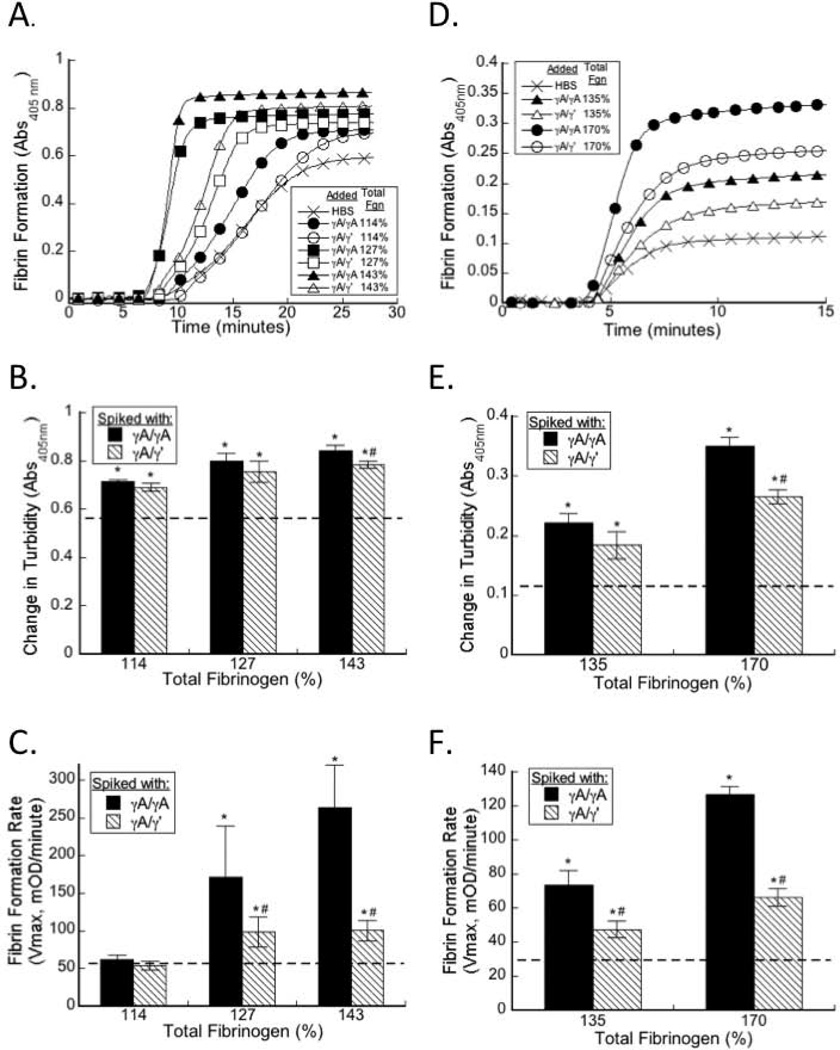Figure 2. Both γA/γA and γA/γ’ fibrinogen accelerate clotting in human and mouse plasma.
A–C) hNPP was spiked with γA/γA or γA/γ’ to increase total fibrinogen to 114%, 127%, or 143% of normal (symbols appear in figure legend), and clot formation was triggered by addition of TF and CaCl2. D-F) mNPP was spiked with human γA/γA or γA/γ’ to increase total fibrinogen to 135% or 170% of normal (symbols appear in figure legend) and clot formation was triggered by addition of TF and CaCl2. A, D) Polymerization was monitored by turbidity; for clarity, only a subset of points is shown. B, C, E, F) The contribution of increasing total fibrinogen with γA/γA (solid bars) or γA/γ’ (striped bars) on final turbidity (B, E) and fibrin formation rate (C, F) in human (B, C) and mouse (E, F) plasma. Dashed lines represent final turbidity and clot formation rate of HBS controls. Data show means, n=3. *p<0.05 versus HBS; #p<0.05 versus γA/γA.

